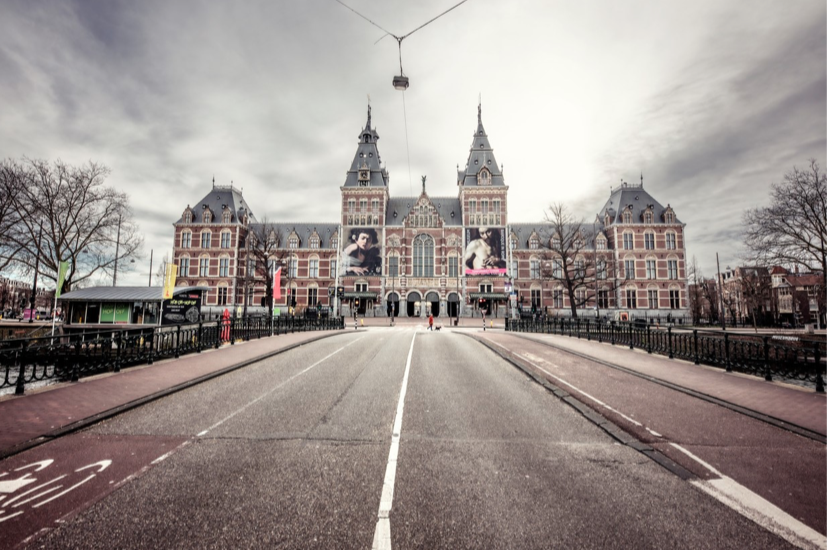Urban Mobility Planning after COVID-19
One of our urban mobility planners, Lucas van der Linde, participated in a webinar of the Dutch consulate of San Francisco that focused on urban planning and transport after COVID-19. Lucas presented, together with other experts in the field, on the shift in mobility behavior and the potential for a paradigm shift in transportation as a result of the COVID-19 pandemic.
To determine this shift in behavior, the Dutch mother company of Mobility Flow, Goudappel, performed an analysis that tracked the amount of kilometers traveled per day per mode for pedestrian, bike, car and public transport. Since the beginning of the intelligent lockdown on 14 March, 2020 there has been a significant decrease in mobility for car and transit modes. With less cars on the road pedestrians and cyclists are more present on the streetscape.
Concurrently, the percentage of people that make journeys without a destination, such as for the purpose of getting outside, has increased. Instead of traveling from A to B, people are traveling from A to A. This means that people are traveling from their homes and back to their homes, which counts as one trip. People appreciate the public space in the direct surroundings of their house, mostly by bike or as pedestrian.
A question that many transport planners are asking is to what extent this newly developed behavior will change lead to a paradigm shift? Will active modes be granted more space? This calls to the Dutch approach to cycling – Dare, Able, or Invite – which is based on the question: For whom are you designing public space? Following decades of work, the Dutch discovered that increasing attractiveness, allocating more space to cycling and inviting people to cycle by allocating more space for proper infrastructure, results in more people cycling. Everyone feels safe enough because there is enough space available for cyclists.
With the onset of COVID-19, public space has become an even more valuable asset to cities worldwide. Urban dwellers value that there is more public space available, which could lead to an increase space available for cyclists and pedestrians. This concept of giving back space to active modes is applicable in cities all over the world.
Below you can find the slide deck Lucas presented during the webinar.
And if you are interested in watching the seminar back:

